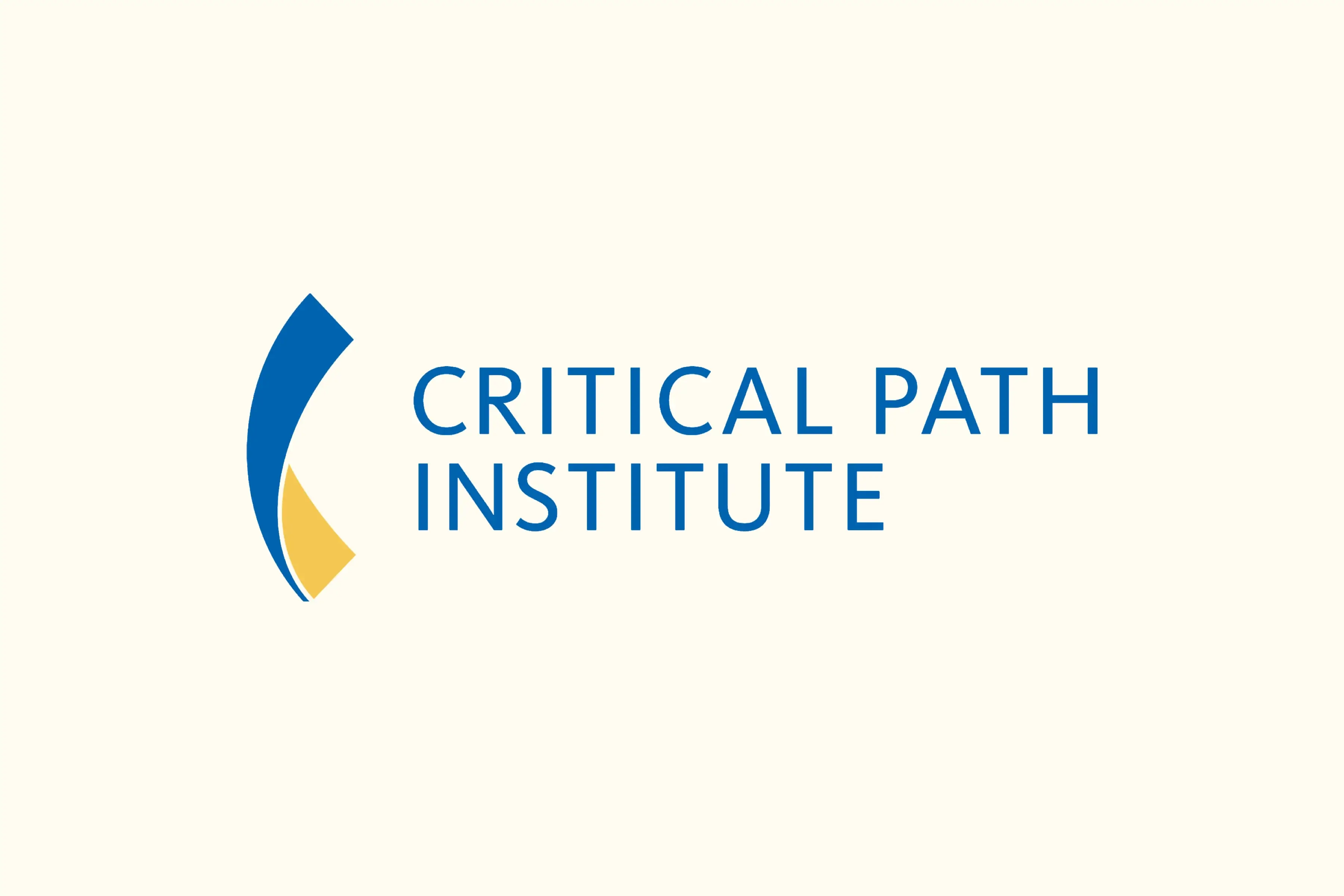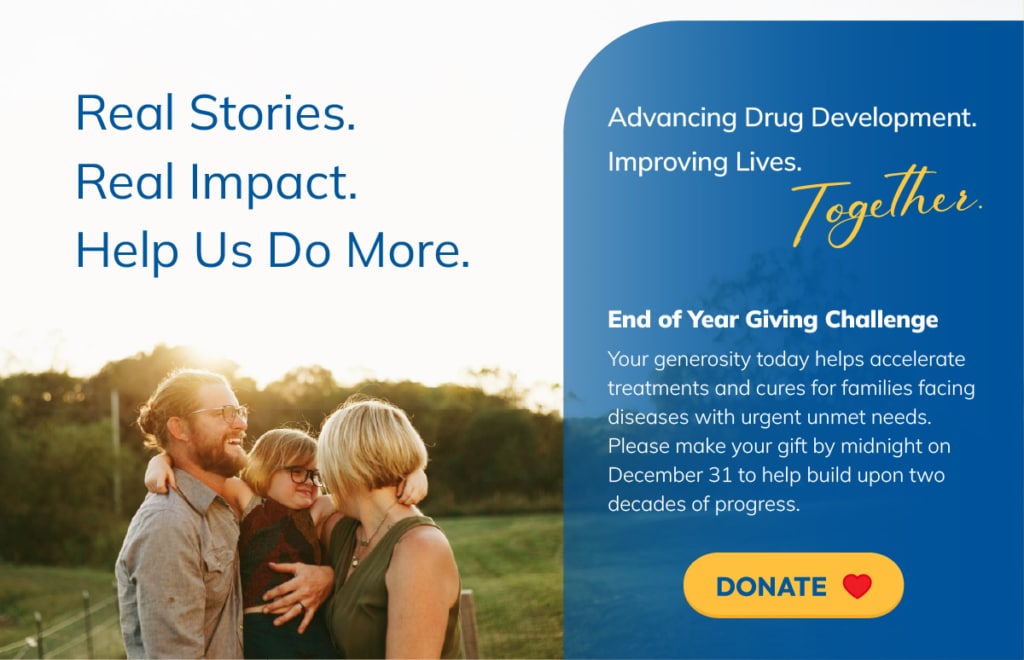Technological Break Throughs Lead to Improved T1D Outcomes, But Still Work to Be Done for T1DC
By Alexander Diegel
As a person living with Type 1 Diabetes (T1D) who works to advance treatments for autoimmune diseases as a Drug Development Scientist for IGM Biosciences, Ryan Eberwine has seen a lot of progress since his diagnosis 24 years ago.

“At that time, the treatment paradigm was still multiple daily injections of insulin and lots of finger pricks,” he explained. “A lot of guessing what your blood sugar was during the day. I was old enough at the time to manage [the treatments] and have been lucky that I’ve always managed very well, always had good blood sugar control.”
In the years since then, people like Ryan and others living with T1D have seen the substantial progress of technology that helps both treating and preventing T1D. Treatments have grown past early insulin pumps and blood glucose meters and moved into integration with everyday electronics and cloud-based data systems. Apple stores, for example offer Bluetooth-enabled glucose meters for iPhones and Apple Watches. Meanwhile,, Dexcom’s G6 continuous glucose monitoring (CGM) system pairs with Tandem insulin pumps, which enabled one of the first solutions that calculates and delivers ha precise dose of insulin, according to the body’s sugar levels, which are called hybrid closed loop systems. Further advancements include sensor technology and algorithms developed to enable real-time management, which further improves the daily life of those living with T1D.
While these advancements have helped relieve the wear of mental fatigue that comes with everyday monitoring, there remain unmet needs. One of the big ones is getting all the different entities that contribute to progress together, so they can understand each other’s struggles and advance change to solve unmet needs.
This is an aspect of C-Path’s T1D Consortium (T1DC) consortium where Ryan has seen tremendous value. T1DC is a public-private partnership that brings different components of the T1D community — regulators, researchers, patient advocates, scientists, etc. — together in one place to provide a noncompetitive forum where all can work together to advance drug developments.

“I know, being a scientist, sometimes when you talk to people in other realms, it’s like speaking a different language,” Eberwine explained. “I think having essentially a translator, someone who says, ‘here’s the scientific or clinical piece, now we need to take that and present it and communicate it to the decisionmakers,’ in a way that is really convincing and illustrates how exciting and convincing the data is a huge piece. [C-Path and T1DC] is translating a lot of science talk into something actionable for those who are making decisions and can actually push these types of initiatives forward.”
The initial goal of the T1DC was to achieve the regulatory endorsement (from both the U.S. Food and Drug Administration and the European Medicines Agency) of the islet autoantibodies as tools (biomarkers) to better select T1D prevention trial participants in early stages of the disease. Such early disease prevention is yet another piece of the T1D puzzle that Eberwine believes can help advance not just for Type 1 Diabetes, but other autoimmune diseases.
“If we develop really good strategies for risk prediction, we can look at genetics, family history, autoantibody production and other biometrics then we can triangulate people at risk really well,” he explained. “I think we can, for other diseases where there are good readouts, build some better risk prediction models and think about someone’s level of risk for a disease.”
T1D can, in turn, serve as a poster child for other autoimmune diseases. While inflammation associated with autoimmune diseases can be like a runaway train if diagnosed too late, risk prevention strategies that are implemented as a result of the collaborative network produced by T1DC can help put the brakes on those trains, improve lives and create a healthier, safer world.
To learn more about how you can support the great work being done by the T1DC team, click here

Patient Advocacy Impact
When Chelsea Lugone was diagnosed at the age of 23 with T1D, she thought it was a death sentence. After many missed diagnoses, Lugone felt like a medical anomaly, and was overwhelmed by literature handed over by her primary care physician’s nurse once she finally was diagnosed with T1D.
After a life-changing meeting with an educator named Mary, Lugone understood this was not a death sentence, and was so inspired she made a career change to nursing so she could help others deal with T1D — Just like Mary.
Two of Chelsea’s four kids have since been diagnosed with T1D, while the younger two will undergo screenings. The whole family is involved with T1D advocacy and education, including participating in clinical trials. Chelsea works as a nurse practitioner and volunteers as an advocate and educator with JDRF’s Western Central PA Chapter as a Board Member and Community Outreach Chair.





